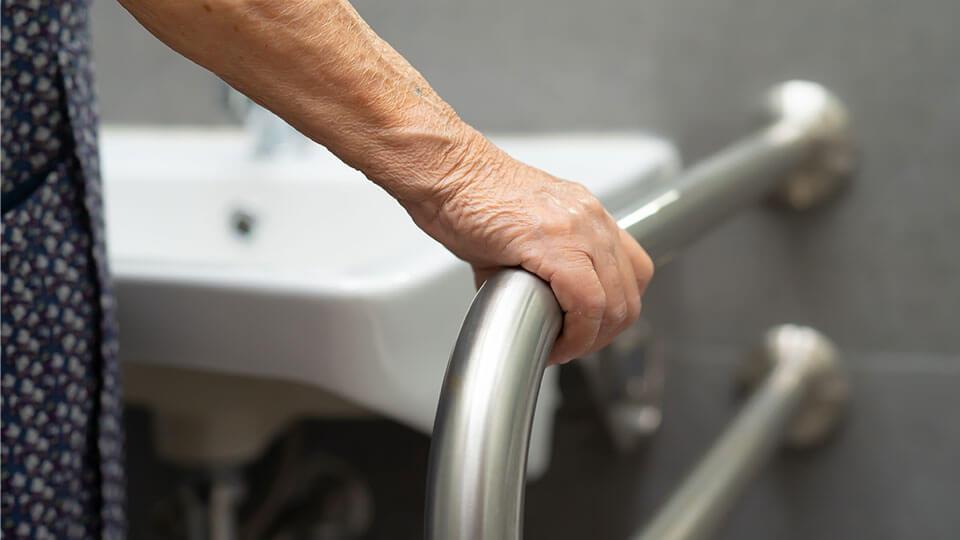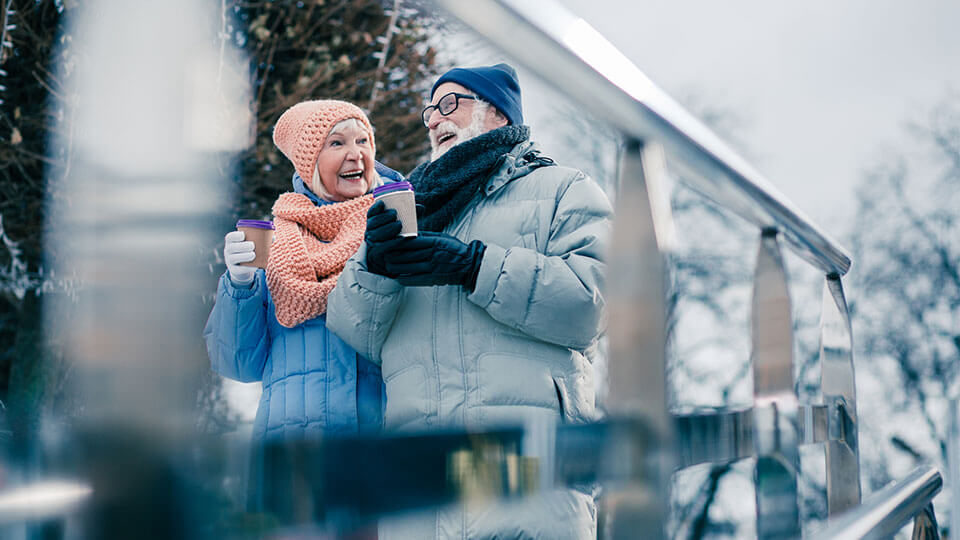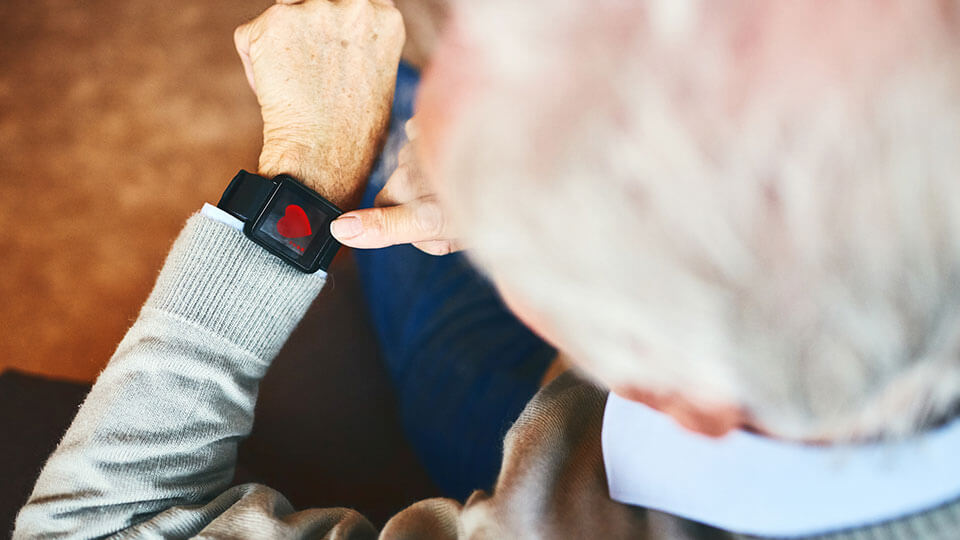Home Development for a Person Losing Independence
2023-04-10

A dwelling that was previously functional can become a fall-trap for the elderly for loss of independence. Choosing to stay at home despite a loss of autonomy and/or a disability also means ensuring that places remain safe and adapted. This can be achieved by redesigning the home, equipment and supplies specifically dedicated and designed for this new reality.
What to consider as equipment and supplies
Before embarking on the big work, it is best to start with some low-cost adaptations. In this regard, Canada Mortgage and Housing Corporation (CMHC) has compiled a list of about 40 residential adaptations
We are talking about small gestures such as setting night lights to help prevent falls or confusion, adding non-slip bath mats or removing obstacles such as electrical wires, carpets, small furniture, boxes or vacuum cleaner in circulation spaces.
In addition to these small adaptations, it will be necessary to purchase and install larger equipment, according to the needs:
- To move around: cane, walker, platform lift, walker, door widening to allow wheelchair movement, walking belt, outside access ramp.
- For a safe bathroom: non-slip floor installation, raised toilet, grab bars, walk-in tub or shower, bath bench.
- For better sleep and rest: adjustable bed, hospital bed, adjustable chair, safety bar for bed.
How to do it
The CLSCs can offer the services of an occupational therapist to assess the client’s level of autonomy and living environment in order to identify appropriate solutions, remove barriers and help determine the need for support services. Some CLSCs also have a bank of technical equipment that can be financed or loaned to seniors.
However, waiting times for this assessment can be quite long (1 year or more). You can choose a private occupational therapist for a fee to get a needs assessment faster.
Financial aid
Undertaking redevelopment work to adapt the residence can result in significant costs. Here are 3 sources of grants or credits that could help with the cost of the work:
Home Adjustment Program Grant: $16,000 in financial assistance, which can also be up to $33,000 for specialized equipment and certain special cases (low-income individuals). Eligible work involves modifying and adapting the home of a person with a disability or a loss of independence so that they can enter, leave and have independent access to the rooms essential to their daily life.
Provincial Tax Credit for Expenses Incurred by a Senior to Maintain Independence: Allows individuals aged 70 and over to recover 20% of the cost of purchasing, renting and installing property to maintain the independence of a senior in their place of residence. This credit does not only cover renovation work and equipment – it also covers assets such as a person-centered remote monitoring device or a person-locator device.
The Federal Home Accessibility Tax Credit: Up to $1,500 is for modification expenses – renovation - that are intended to make
More information about our approach and services is available here:
https://www.soinsamika.com/en/services or by contacting us at 514-543-4450 ext. 1
You can also visit our frequently asked questions section:
https://www.soinsamika.com/en/about/


